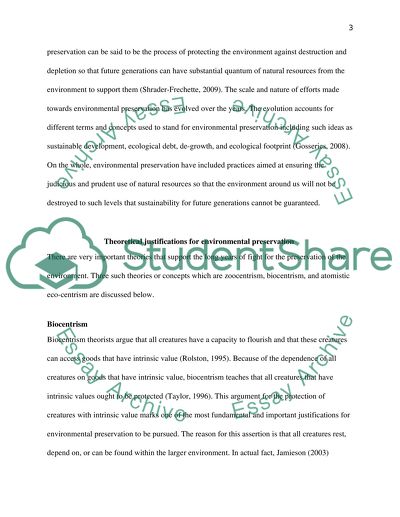Cite this document
(“To what extent can duties of environmental preservation be explained Essay”, n.d.)
To what extent can duties of environmental preservation be explained Essay. Retrieved from https://studentshare.org/social-science/1692507-to-what-extent-can-duties-of-environmental-preservation-be-explained-in-terms-of-intergenerational-justice
To what extent can duties of environmental preservation be explained Essay. Retrieved from https://studentshare.org/social-science/1692507-to-what-extent-can-duties-of-environmental-preservation-be-explained-in-terms-of-intergenerational-justice
(To What Extent Can Duties of Environmental Preservation Be Explained Essay)
To What Extent Can Duties of Environmental Preservation Be Explained Essay. https://studentshare.org/social-science/1692507-to-what-extent-can-duties-of-environmental-preservation-be-explained-in-terms-of-intergenerational-justice.
To What Extent Can Duties of Environmental Preservation Be Explained Essay. https://studentshare.org/social-science/1692507-to-what-extent-can-duties-of-environmental-preservation-be-explained-in-terms-of-intergenerational-justice.
“To What Extent Can Duties of Environmental Preservation Be Explained Essay”, n.d. https://studentshare.org/social-science/1692507-to-what-extent-can-duties-of-environmental-preservation-be-explained-in-terms-of-intergenerational-justice.


